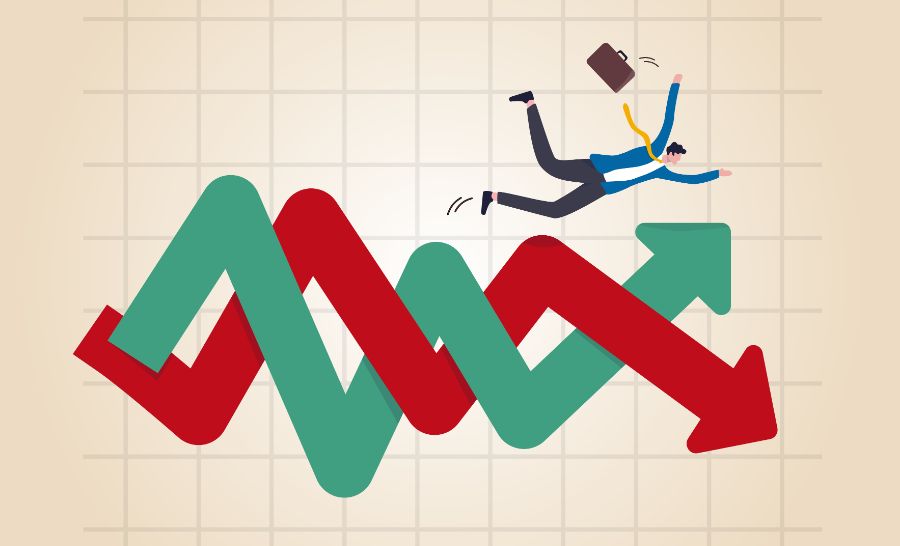Gregory Heym is Chief Economist at Brown Harris Stevens. His weekly series, The Line, covers new developments to the economy, including trends and forecasts. Read on for the latest report and subscribe here to receive The Line in your inbox.
The consumer price index rose 0.4% last month, and it was 4.9% higher than a year ago. Both these figures were close to estimates. The big takeaway here is that the annual rate of inflation fell for the 10th straight month, and was at its lowest level since April 2021. So, this report is mostly good news.
If you’re wondering what the bad news might be, it’s “core” inflation. Core inflation—which excludes food and energy prices—rose at a 5.5% rate over the past year. Why did core inflation rise faster than overall inflation over the past year? The answer is a decline in energy prices, which are 5.1% lower than in April 2022. Annual core inflation has remained around 5.5% since the start of 2023, and its biggest driver has been shelter, which accounted for roughly one-third of the core price increase from a year ago.
Now that your head is spinning, let me sum this up. Inflation continues to move in the right direction, but it remains well above the Fed’s 2% target annual rate.
For those who want all the exciting details of the April CPI report, you can find them here.
In other inflation news, the producer price index rose less than expected last month. PPI increased just 0.2% from the prior month and was 2.3% higher than a year ago. The annual increase in PPI is the lowest it’s been since January 2021.
Looking at all this data tells us that inflation has peaked, which means 30-year mortgage rates have most likely peaked as well. Speaking of mortgage rates, let’s go to our next topic.
Mortgage Rates Fall to a Five-Week Low
The average 30-year conforming mortgage rate fell to 6.35% this week, its lowest level in five weeks. What’s even more exciting is that 30-year rates have now fallen in seven of the past nine weeks. The decline in rates over the past two months has created a great opportunity for buyers to get a lot more for their money, at a time when low inventory in many parts of the country has kept prices high.
Weekly Jobless Claims Rise 22,000
Initial claims for unemployment rose by 22,000 last week to 264,000. Claims are now at their highest level since October 30, 2021. This is both surprising and not surprising at the same time. The fact that jobless claims are going up when the economy is slowing down shouldn’t surprise anybody. Companies are expected to lay people off as their business suffers.
What is a bit surprising is that this data isn’t worse. With all the recent layoff announcements from big companies—you can view a list here—many would expect jobless claims to be significantly higher than they are right now. I’ve spoken at length about the reasons for this disconnect, but for those who have forgotten, here’s a summary:
- With over 9 million available jobs out there, laid off workers can find a new job quickly.
- Smaller companies—who account for all the net employment gain since the pandemic—are still hiring at brisk pace.
- Larger companies tend to give decent severance packages, which can delay or remove the need for people to file for unemployment.
So, while we should expect jobless claims to continue to move upward as the economy heads toward recession, I wouldn’t expect any “spike” in them anytime soon.

